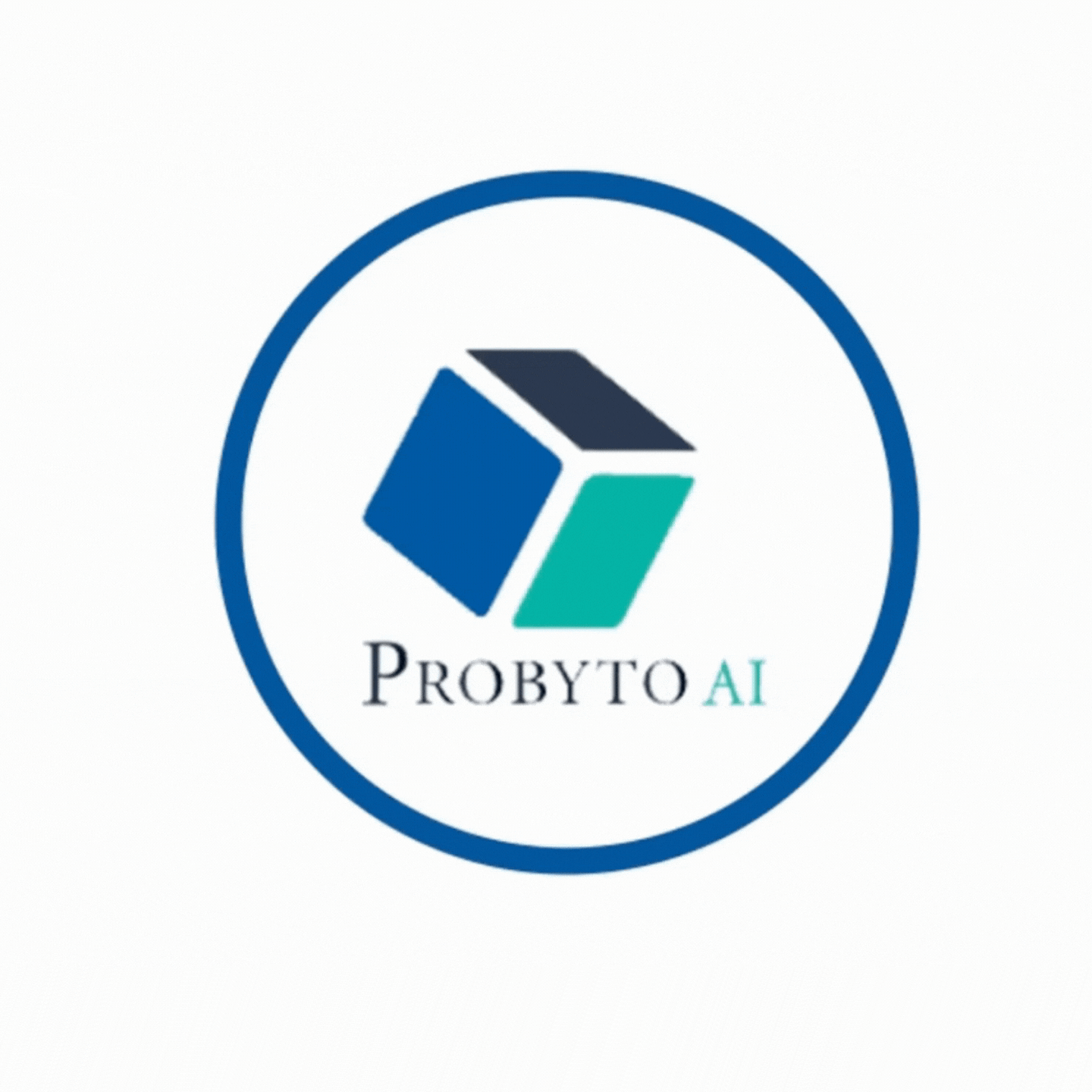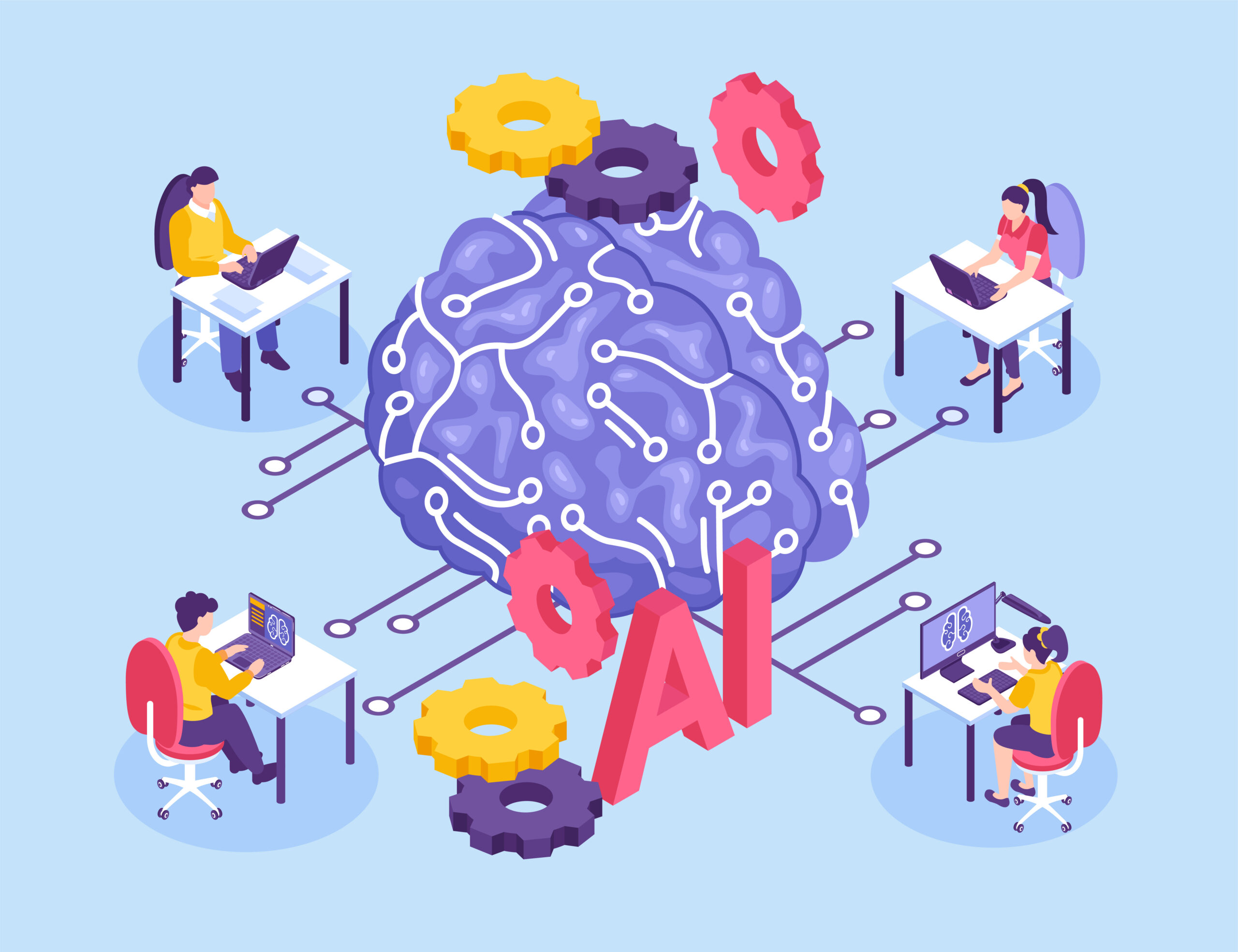Machine learning (ML) is an exciting field that allows computers to learn from data and make decisions or predictions without being specifically programmed. If you’re new to this area, understanding some key terms will help you get started.
1. What is Machine Learning?
Machine Learning is a branch of artificial intelligence (AI) that focuses on building systems that can learn from data and improve their performance over time without being programmed to do so. Think of it like teaching a computer to recognize patterns and make decisions based on those patterns.
2. Data
Data is the information that we use to teach our machine-learning models. It can be anything from numbers, text, images, or even sounds. In simple terms, data is what we feed into our machine-learning models so they can learn.
3. Algorithm
An Algorithm is a step-by-step set of instructions that tells the machine how to learn from the data. Different algorithms can be used to solve different problems. For example, one algorithm might be good at recognizing images, while another might be better at predicting numbers.
4. Model
A Model is the result of the machine learning process. After the machine has learned from the data using an algorithm, it creates a model. This model is what we use to make predictions or decisions in the future. You can think of it as the brain of the machine learning system.
5. Training
Training is the process of teaching the machine learning model by feeding it data and letting it learn. During training, the model adjusts itself to make better predictions based on the data. This is like teaching a child to recognize objects by showing them many examples.
6. Testing
After training the model, we need to check how well it learned. Testing is the process of evaluating the model using a new set of data that it hasn’t seen before. This helps us understand how good the model is at making predictions.
7. Features
Features are the individual pieces of data that are used to make predictions. For example, if you’re trying to predict the price of a house, features might include the size of the house, the number of bedrooms, and the location. Features are like the ingredients in a recipe.
8. Label
A Label is the answer or the result that we want the model to predict. For example, if we want to predict whether an email is spam or not, the label would be “spam” or “not spam.” Labels are what we teach the model to recognize.
9. Supervised Learning
Supervised Learning is a type of machine learning where we teach the model using labeled data. This means that we give the model examples with the correct answers, and it learns to predict the answers for new data. It’s like learning with a teacher who shows you the correct answers.
10. Unsupervised Learning
Unsupervised Learning is a type of machine learning where we don’t give the model labeled data. Instead, the model has to find patterns or groups in the data on its own. Essentially, you are learning without a teacher and you must figure things out on your own.
11. Overfitting
Overfitting happens when a model learns too much from the training data, including the noise or random variations. This makes the model perform very well on the training data but poorly on new, unseen data. Overfitting is like memorizing answers for a test instead of understanding the material.
12. Underfitting
Underfitting occurs when a model is too simple and doesn’t learn enough from the data. This leads to poor performance both on the training data and on new data. When you are underfitted, you do not study enough and do not understand even the simplest of concepts.
13. Classification
Classification is a type of problem where the goal is to assign data into different categories or classes. For example, determining whether an email is “spam” or “not spam” is a classification problem. Sort items into different bins by imagining them as different kinds of items.
14. Regression
Regression is a type of problem where the goal is to predict a continuous value, such as the price of a house or the temperature. Unlike classification, where we predict categories, in regression, we predict numbers. Trying to guess how much something will cost is similar to trying to guess how much it will cost.
15. Neural Network
A Neural Network is a type of machine-learning model that is designed to mimic the way the human brain works. It consists of layers of interconnected nodes, or “neurons,” that process data and learn to make predictions. Neural networks are used in many advanced applications like image recognition and natural language processing.
16. Deep Learning
Deep Learning is a subset of machine learning that involves neural networks with many layers. Deep networks are powerful tools for tasks such as recognizing speech, translating languages, or playing games since they can learn complex patterns in large amounts of data.
Conclusion
Understanding these key terms is a great first step in your machine-learning journey. Having a fundamental understanding of the subject will help you create your own projects and dive deeper into the subject. It is difficult to comprehend machine learning at first, but with practice and time, it becomes less complicated.


